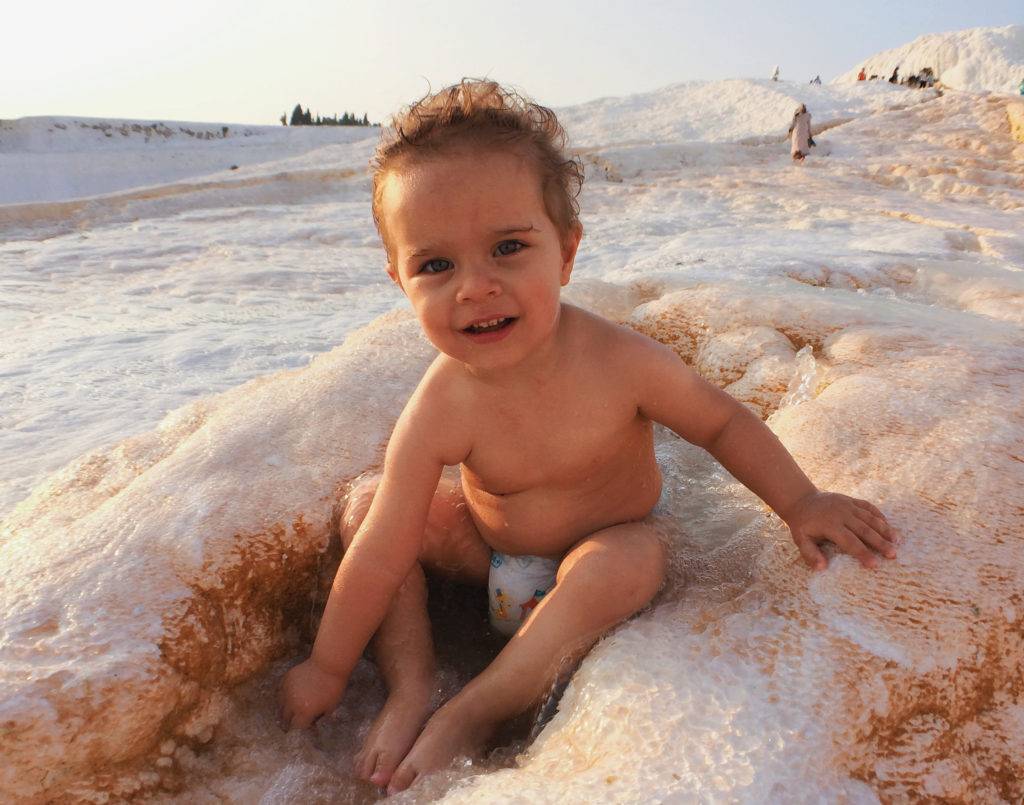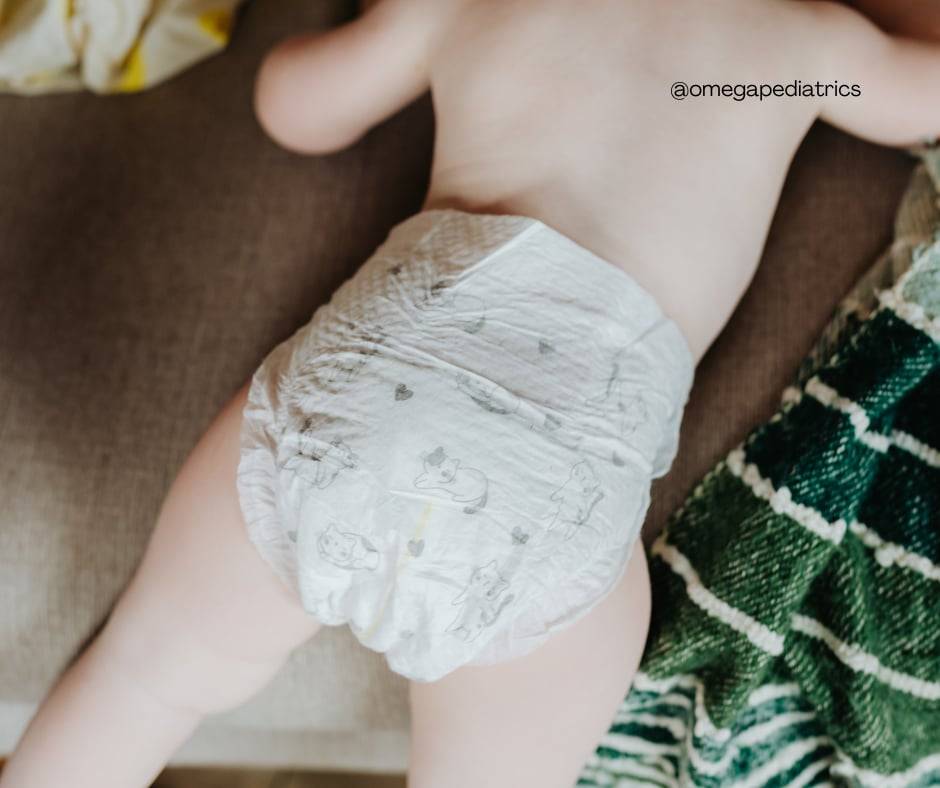Welcoming a newborn into the family is one of life’s most precious moments, filled with joy and anticipation. However, this new chapter also brings challenges, and one of the most common is dealing with a crying baby. Why newborn baby cry is often distressing for new parents, hence, learning ways to soothe them brings much-needed comfort.
The sound of their baby crying can be overwhelming, particularly when the cause of the distress is unclear. We need to understand the reasons behind those newborn tears so we can soothe them to bring relief to you and your little one.
This comprehensive guide explores tried-and-true strategies to help calm your newborn baby crying, ensuring you can handle these challenging moments.
The Basics: Why Newborn Baby Cry?
Newborns use crying as their primary form of communication. Since they can’t yet express themselves with words, crying is how they tell you when something isn’t quite right. Crying is their way of saying, “I need help!” Let’s delve deep into the most common reasons why newborn baby cry, so you can better understand how to respond.
- Hunger: This is one of the most frequent reasons why newborn baby cry. Babies have tiny stomachs that empty quickly, so they need to be fed often—sometimes as frequently as every two to three hours. If your baby is crying and it’s been a while since their last feeding, offer them breast milk or formula. Even if it hasn’t been long since their last meal, a quick snack might be all they need to calm down.
- Colic or Gas: Some babies experience colic or gas, which causes intense discomfort and leads to prolonged crying. Colic is characterized by crying that lasts for more than three hours a day, more than three days a week, and for at least three weeks in an otherwise healthy baby. Gas also causes pain, leading to fussiness and crying. If you suspect colic or gas, discuss it with your pediatrician for advice on managing these conditions.
- Dirty Diaper: A wet or soiled diaper causes significant discomfort for your baby, leading to crying. Newborns tend to go through many diapers, and sometimes the only way to know they need a change is through their cries. Regularly check and change your baby’s diaper to prevent unnecessary distress.
- Sleepiness: Newborns need a lot of sleep but don’t know how to self-soothe and fall asleep. When they’re overtired, they become cranky and difficult to soothe. Recognize the signs of tiredness—like rubbing their eyes, yawning, or becoming more fussy than usual—to put them down for a nap before they’re hard to settle.
- Need for Comfort: Babies crave closeness and comfort, especially from their parents. Sometimes, your baby’s cries may simply be a request for some cuddling. Hold your baby close, rock them gently, or talk in a caring tone to let them feel safe and secure.
- Temperature Sensitivity: Newborns are sensitive to temperature changes. If your baby is too hot or cold, they cry to let you know they’re uncomfortable. Checking the room temperature, adjusting their clothing, or adding or removing a blanket makes your baby more comfortable.
- Illness or Pain: While most crying is normal to express immediate needs, there are instances when it indicates something more serious. Contact your pediatrician immediately. If your newborn baby crying is accompanied by other symptoms—fever, difficulty breathing, vomiting, or diarrhea. These could be signs of illness or conditions that need medical attention.
Understand why your newborn baby cry to address their needs effectively. Once you sense why they’re upset, try different methods to soothe them. Here are effective strategies that help calm your crying newborn.
Effective Ways to Soothe a Crying Newborn
1. Swaddle Your Baby
Swaddling is a time-honored technique that involves wrapping your baby snugly in a blanket to help them feel secure and comfortable. This method mimics the close quarters of the womb, providing a sense of safety that’s very calming for newborns.
Swaddling also prevents the Moro reflex, a startle reflex that causes babies to flail their arms and legs, waking them up or making them cry. To swaddle your baby correctly, start with a lightweight blanket. Lay it flat on a surface and fold it down one corner to create a triangle. Place your baby on their back with their head above the folded corner.
Next, bring one side of the blanket over your baby’s body and tuck it under their back. Fold the bottom corner over your baby’s feet, then the other side of the blanket over their body, and tuck it under the opposite side. The swaddle should be snug enough to provide comfort, but not so tight that it restricts their breathing or movement.
Swaddling is most effective for babies up to about two months old, after which it’s recommended to stop swaddling to allow for more movement as they roll over. Ensure your baby is on their back to sleep, and never swaddle too tightly around the hips or legs.
2. Offer a Pacifier
Sucking is a natural reflex for babies, and it has a soothing effect that calms their crying. A pacifier is particularly effective if your baby cries for comfort rather than out of hunger. The sucking helps babies self-soothe, and many find it relaxing enough to fall asleep.
If you’re breastfeeding, wait until breastfeeding is established (around 3-4 weeks) before introducing a pacifier to avoid any potential confusion. However, if your baby is formula-fed or breastfeeding is going smoothly, introduce a pacifier earlier if it soothes them. Pacifiers reduce the risk of SIDS when used during sleep.
3. Rocking and Gentle Motion
Newborns are used to the gentle swaying they experience in the womb as they move around throughout the day. Replicating this motion is incredibly soothing. Rock your baby in your arms, in a rocking chair, or in a baby swing designed for newborns.
Another effective technique is to hold your baby close and walk around the house. The combination of your warmth, the rhythmic movement, and the familiar sound of your heartbeat work wonders in calming a crying baby. Some parents find that a baby carrier soothes their baby with motion while keeping their hands free.
If you’re using a baby swing or bouncer, ensure that it’s appropriate for your baby’s age and weight, and never leave your baby unattended in these devices. Gentle motion is key—avoid any jarring or vigorous movement, which could upset rather than soothe.
4. Feeding
If it’s been a couple of hours since your baby has last fed, they cry because they’re hungry. Even if it hasn’t been that long, a small feeding helps to calm them. Babies have small stomachs and should eat frequently, especially during growth spurts when they’re more hungry than usual.
Whether breastfeeding or bottle-feeding, nurse or take a bottle to calm their cries quickly. Babies sometimes suck for comfort rather than hunger, so even a short feeding session is enough to soothe them.
5. Burping
If your baby has recently been fed and is crying, they should be burped. Sometimes, air gets trapped in your baby’s stomach during feeding, causing discomfort and crying. Burping releases this air and provides immediate relief To burp your baby, hold them upright against your chest with their head resting on your shoulder.
Gently pat or rub their back in a circular motion. Also, sit your baby on your lap and support their head and chest with one hand while you pat their back with the other. Another way is laying them across your lap on their tummy and gently patting their back.
6. Skin-to-Skin Contact
Skin-to-skin contact, known as kangaroo care, is a powerful way to soothe a crying baby. This involves holding your baby against your bare chest, with a blanket draped over their back to keep them warm. Skin-to-skin contact regulates your baby’s body temperature, breathing, and heart rate and promotes bonding.
This technique is effective in the first few hours and days after birth, but it’s used anytime for a fussy baby. For breastfeeding mothers, skin-to-skin contact stimulates milk production, making breastfeeding easier. Fathers and other caregivers also benefit from skin-to-skin time with the baby, helping to build a strong emotional connection.
7. Check for Discomfort
Sometimes, the reason why newborn baby cry is simple–a dirty diaper, tight clothing, or uncomfortable position. When your baby starts to cry, check if their diaper needs changing, if clothes are too tight or irritating, or if they’re too hot or cold.
Newborns can’t regulate their body temperature like older children, so dress according to the temperature. As a rule, dress your baby in one more layer than you normally wear. If your baby is sweating, has flushed skin, or feels warm to the touch, they might be too hot. They need an extra layer or blanket If their hands and feet feel cold.
8. Use White Noise
This is incredibly soothing for newborns since it replicates the constant, muffled sounds they hear in the womb. These sounds—the rush of blood through the placenta or the steady beat of your heart—are familiar and comforting to your baby. White noise also masks other household noises that disturb their sleep.
You can create white noise using a dedicated machine, a fan, or a phone app. Some parents find that running a vacuum cleaner or a hairdryer (at a safe distance) has a similar calming effect. When using white noise, ensure the volume isn’t too loud–aim for a sound level like a running shower.
White noise should be used consistently, particularly during naps and night sleep, to help your baby associate the sound with relaxation.
9. Try a Warm Bath
A warm bath is a relaxing and soothing experience for your newborn, especially if they’re uncomfortable or gassy. The warm water calms their muscles and is a welcome distraction from whatever is causing their distress. When bathing, the water should be comfortably warm—not too hot or cold—and gather everything you need beforehand.
Gently pour water over your baby’s body, talk to them softly, and use a mild soap. After the bath, continue soothing with a gentle massage with baby lotion or oil. The warm bath and the gentle massage help your baby feel more relaxed and ready for sleep.
10. Get Some Fresh Air
Sometimes, a change of scenery is all it takes to calm a crying baby. Taking your baby outside for a walk is a simple but effective way to soothe them. The fresh air, new sights and sounds, and the rhythmic motion of walking distract them from whatever upsets them. Outdoor time is beneficial for your baby’s health.
Exposure to natural light, even on cloudy days, regulates your baby’s sleep-wake cycle by reinforcing their circadian rhythm. Dress your baby appropriately for the weather. If it’s sunny, keep them shaded to protect their delicate skin.
Be Patient to Understand Why Newborn Baby Cry
Caring for a crying newborn can be challenging. Behind those tears, the good thing is that these are normal in your baby’s development and communication. With patience and practice, learn their cues and develop strategies that work best for them. Every baby is different, so it takes time to figure out what soothes your little one effectively.
The key is to stay calm and try different techniques to see what works. The strategies outlined in this post provide comfort and reassurance to your newborn. It’s fine to ask for help if you’re feeling overwhelmed—caring for a newborn is a learning experience, and you don’t have to do it alone.
With time, you’ll gain confidence in your ability to soothe your baby, and those early days of crying will eventually give way to smiles, coos, and giggles. Understand your baby’s needs and respond with love and patience. You’re building a strong foundation for their health and well-being. Enjoy parenting!








